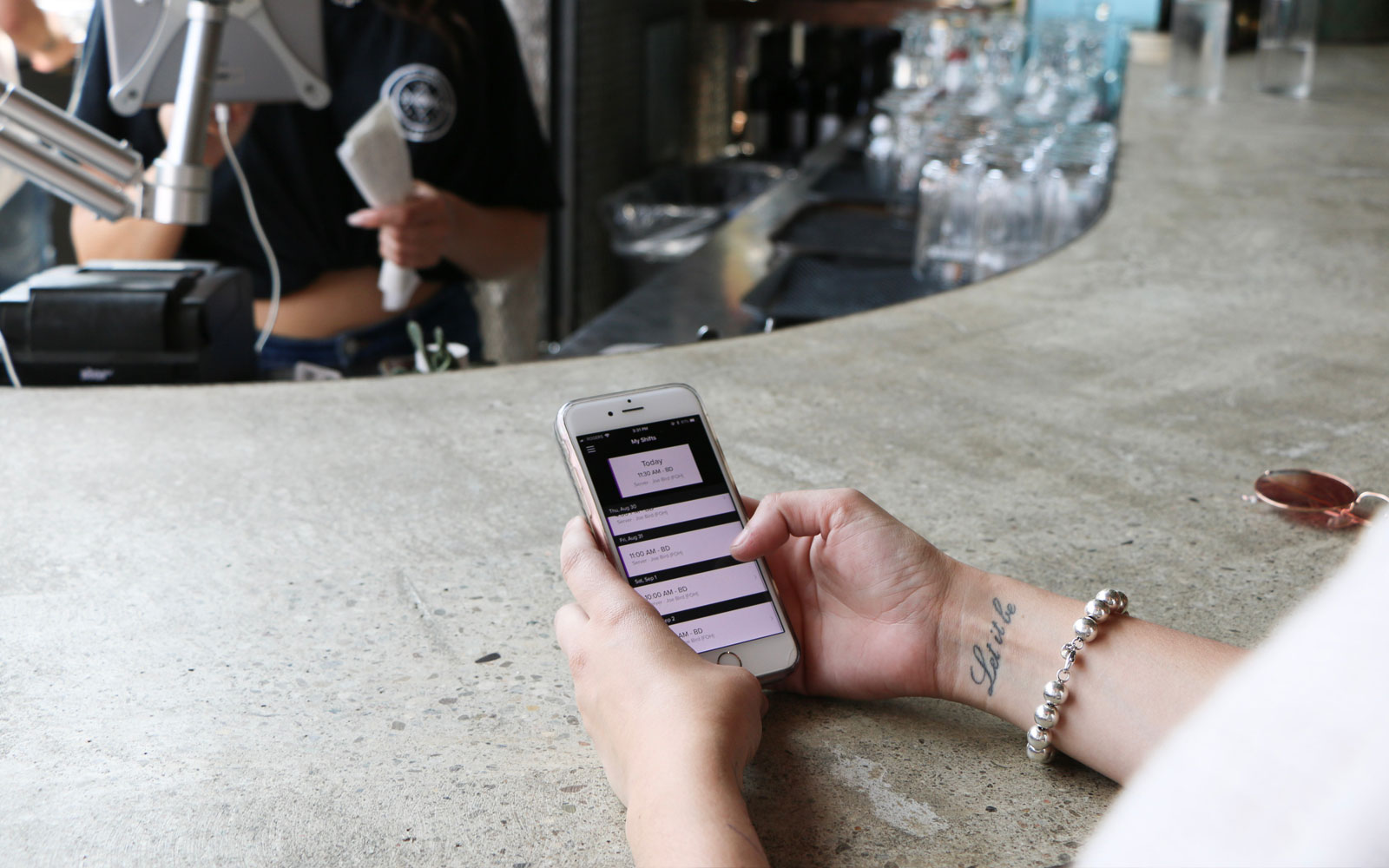The third section in this 4-part series on Mobile Device ID advertising focused on where your advertisements can run using this cell phone tracking technology. This fourth part provides real-world examples of Digital Record clients utilizing Mobile ID advertising in two totally different categories. The first is a restaurant group that used mobile ID targeting to promote their brunch offerings. The second is a large-scale haunted house attraction using mobile IDs to promote their Halloween event.
Advertising for Brunch
Our first example of the targeted and successful use of mobile ID technology in advertising is for a group of Mexican restaurants we work with that needed help promoting brunch. These restaurants are in downtown areas and rely heavily on tourists, hotel business, and frequent brunch-goers. Everyone is not a target for their brunch offerings, and budgets are not huge, so we needed to just target the people most likely to go to brunch and most likely to visit now. We used the following targets and tactics:
Targets
- We identified people that had visited other restaurants during brunch within a 3-mile radius of our locations, as well as a few additional brunch locations in town with similar audiences. We did this by gathering the mobile IDs that visited a specific list of restaurants on Saturday or Sunday from 9am-2pm, and pulled those IDs over the previous 6-month period. This gives us the people most likely to visit for brunch in this geographic area.
- We also identified the phones at hotels in the area of the restaurant, and at the convention center downtown. These are phones in that area within the day or so before weekend brunch.
Advertising Tactics
- We targeted the users that had visited brunch in that area, running ads within a 10-mile radius of the restaurants using display ads in-app on the phones identified, with ads airing Thursday through noon on Sunday. This ran on most of the phones we identified, especially the ones most recently counted.
- We cross-referenced this mobile ID list to Facebook and Instagram, running video ads in the feeds to these users. This identified users in the 40% to 50% range of those phones captured.
- We ran in-app display ads to the targets identified as being currently at the hotels or convention center in the area, running ads to their phones while they were within a 3-mile radius of the restaurant.
Results. We have been able to highly target audiences at very low budgets using mobile ID for restaurants. This has allowed us to run display ads under $10 CPM and video in the $12 to $15 range, hyper-targeting our digital media campaigns with small budgets. This wasn’t the only tactic we used to promote brunch, but was the most efficient.
Advertising for Haunted Houses
Our agency works with quite a few large-scale haunted houses for their Halloween promotions and throughout the year, working with agency Fearworm Hauntvertising, but will focus this case study on one haunt attraction located in Texas. Haunted attractions don’t target everyone…it is a young, specific audience that most wants to visit these events. Also, budgets are typically very limited, so targeting is extremely important. Here are the targets and tactics we used:
Targets
- We identified people that had visited our haunted house as well as the other haunted houses in that market in the last 365 days.
- We identified audiences that visited other events similar to a haunted house audience, such as escape rooms.
- We identified people that attended large-scale events in the past year with an audience similar to our haunted house crowd, including Comicon’s, Horror events, and concerts such as Slipknot, Rob Zombie or Marilyn Manson.
- We identified phones of students at the high schools in the local area.
Advertising Tactics
- We rolled this entire group together and ran ads to all of them in the DMA throughout the haunt season with in-app display ads on the phones identified.
- We cross-referenced this mobile ID list to Facebook and Instagram, running video ads in the feeds to these users. This identified 40% to 50% of those users and allowed us to reach them with video.
- We also identified these mobile IDs in our programmatic channels and were able to run pre-roll video and OTT video to this audience.
- We also created lookalike audiences to our mobile IDs (second-party data) and ran ads to this group on Facebook and Instagram as well as across programmatic media.
Results. A key point is the fact that we were creating our own first-party data and a second-party data audience (lookalike audience). We were able to access this audience and build audiences from it to use on mobile phones, in social media, in digital video, and across the internet. Costs for ads were no different than if we just used third-party targeting data. By building these audiences, we are building our own first-party database that has become a huge value to this haunt.
This concludes our 4-part series on the use of Mobile Device IDs in advertising. This is a precisely targeted way to reach people with ads that are relevant to them and provide huge value for our or your customers at a low price. If you’d like to learn more about mobile ID targeting, please contact Digital Record at ernest@digitalrecordagency.com.



